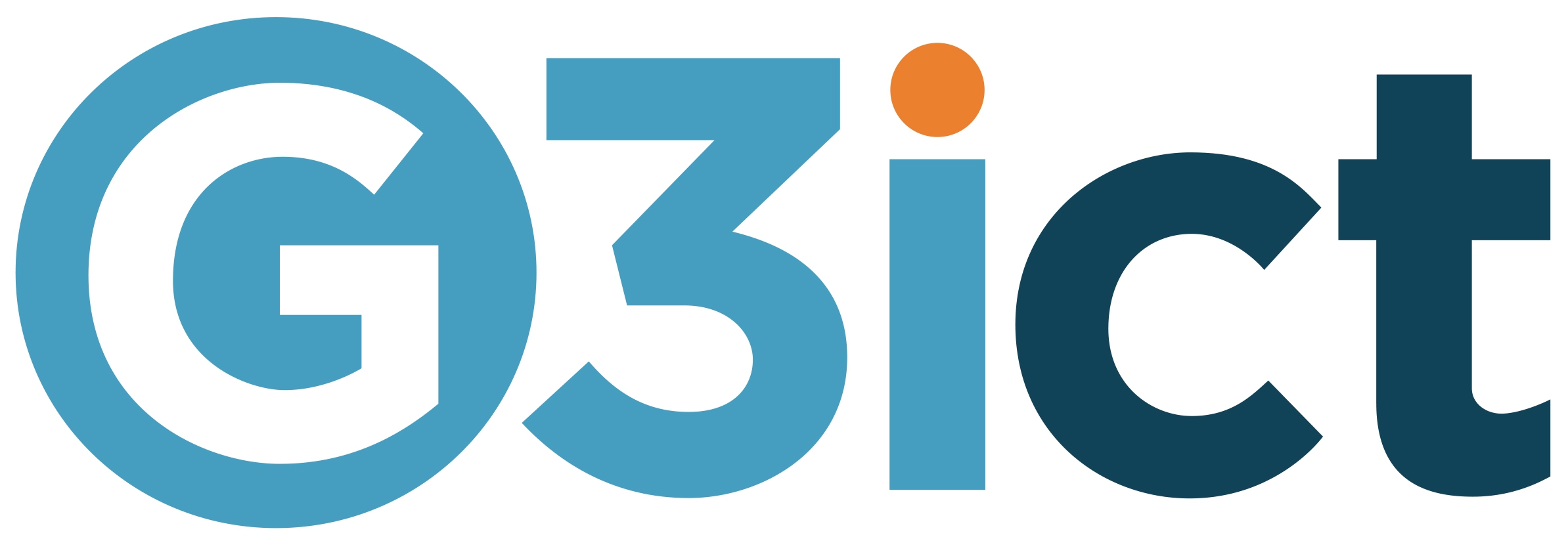From Global Commitments to Local Action: Reflections from the Inclusive Design for Sustainability Conference
Posted on April 16, 2025

Chief Executive Officer, World Blind Union
From March 17 to 18, 2025, RNIB Scotland hosted the Inclusive Design for Sustainability (IDS) Conference at the Glasgow Science Centre. The event brought together technology leaders, accessibility advocates, and innovators from across sectors to explore how emerging technologies can help build a more inclusive and sustainable world for people who are blind or partially sighted.
I had the privilege of speaking at this conference on behalf of the World Blind Union (WBU). The audience was diverse — industry experts, disability advocates, technologists — all united by a shared commitment to designing a future that works for everyone.
My presentation focused on a key message: international agreements like the United Nations' Global Digital Compact (GDC) are not just lofty statements or theoretical frameworks. They are practical tools that advocates and organizations can use to drive local action and bring about real improvements in people’s lives. In this blog post, I want to share some of the key points I raised during my talk.
The Global Digital Compact – Why It Matters
Part of my goal was simply to raise awareness of the GDC itself. While many in the room were deeply engaged in accessibility and inclusive design, I suspected fewer would be familiar with this emerging international agreement.
The GDC is a global initiative aimed at ensuring that digital technologies serve the public good — with specific attention given to accessibility and inclusion. It builds on other important international frameworks like the UN Convention on the Rights of Persons with Disabilities (CRPD) and the Sustainable Development Goals (SDGs), reinforcing the idea that accessibility is not a bonus feature — it is a human right and a fundamental component of an inclusive digital world.
Advocacy in Action: Shaping the GDC
I also spoke about how organizations like the World Blind Union, in collaboration with partners such as G3ICT, worked to influence the development of the GDC. A lot of this advocacy took place through the Digital Accessibility Standardization and Harmonization (DASH) Work Group — a collaborative effort that brought together diverse stakeholders to provide feedback and suggest improvements to the draft text.
This work really highlighted the importance of partnership. No single organization can shape global policy alone — but by working collectively, disability organizations, including WBU, along with partners like G3ICT, were able to advocate for stronger commitments to accessibility. This included successful efforts to ensure the GDC referenced human rights law, which includes the CRPD — a significant win that helps ground the Compact in existing disability rights obligations.
Why Global Agreements Matter for Local Advocacy
One of the core messages I wanted to leave with the audience is that international efforts like the GDC have real value for local advocacy. They matter for several reasons:
- They help shape national and local policies. Governments often incorporate international commitments into their laws and strategies, leading to change on the ground.
- They foster collaboration and innovation. Global agreements create spaces where advocates, technologists, and policymakers can share knowledge, pool resources, and learn from each other’s successes and challenges.
- They provide advocacy leverage. When a government has signed onto a commitment like the GDC, it gives local advocates a powerful tool for holding them accountable. It changes the conversation from “this is something we’d like you to do” to “this is something you’ve already promised to do.”
Reflections from the Conference
The IDS Conference itself was an inspiring event. From thought-provoking panel discussions on artificial intelligence and robotics to technology demonstrations like the AI-enabled WeWALK Smart Cane, there was a clear sense that inclusive design and technological innovation go hand-in-hand.
More importantly, the conference served as a reminder that achieving an inclusive digital world requires action at every level — from international agreements like the GDC to local design decisions that shape how people interact with technology every day.
Final Thoughts
Participating in the IDS Conference was a valuable opportunity to connect with others who share a passion for accessibility and inclusion. For me, it reinforced the importance of using international frameworks like the Global Digital Compact as practical tools for local advocacy. By leveraging these commitments — and working together across sectors and borders — we can move closer to a world where blind and partially sighted people have equal access to the technologies and opportunities that shape our lives.





























